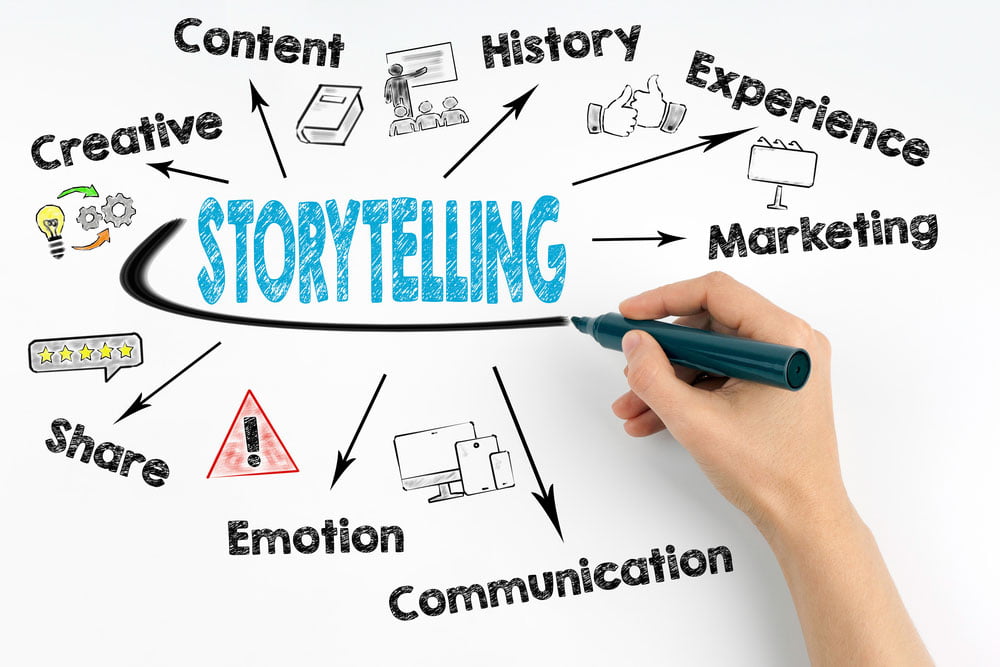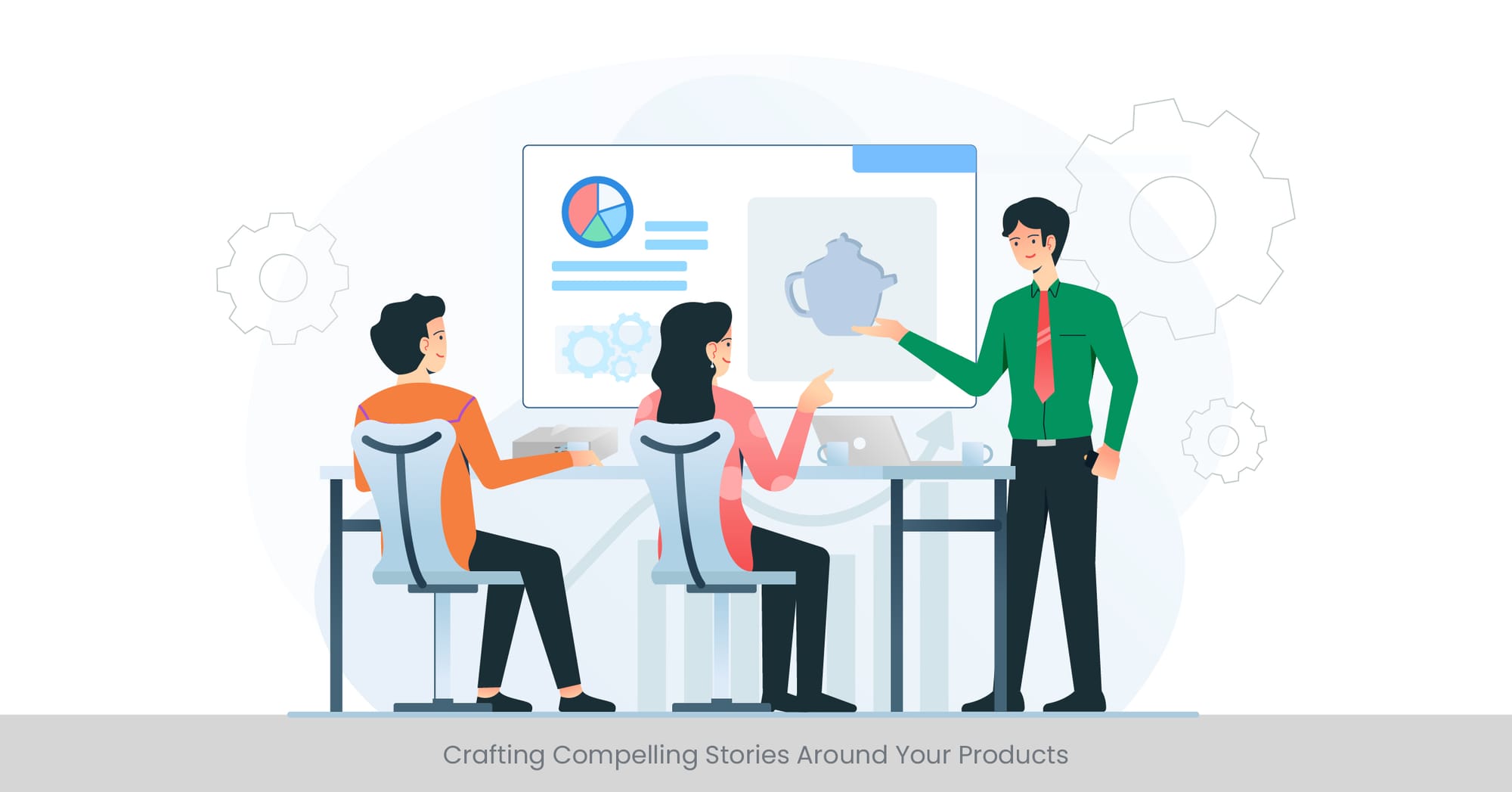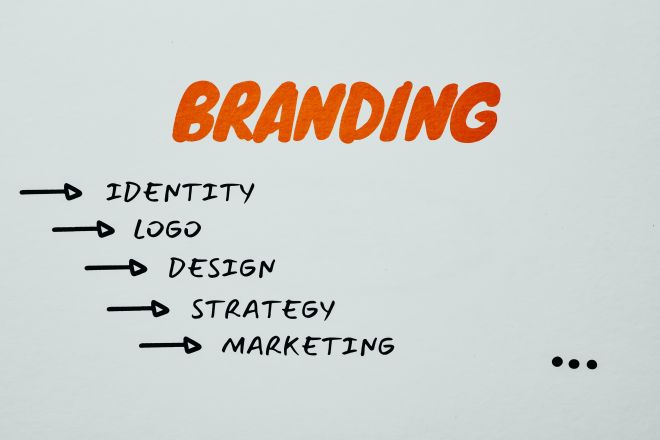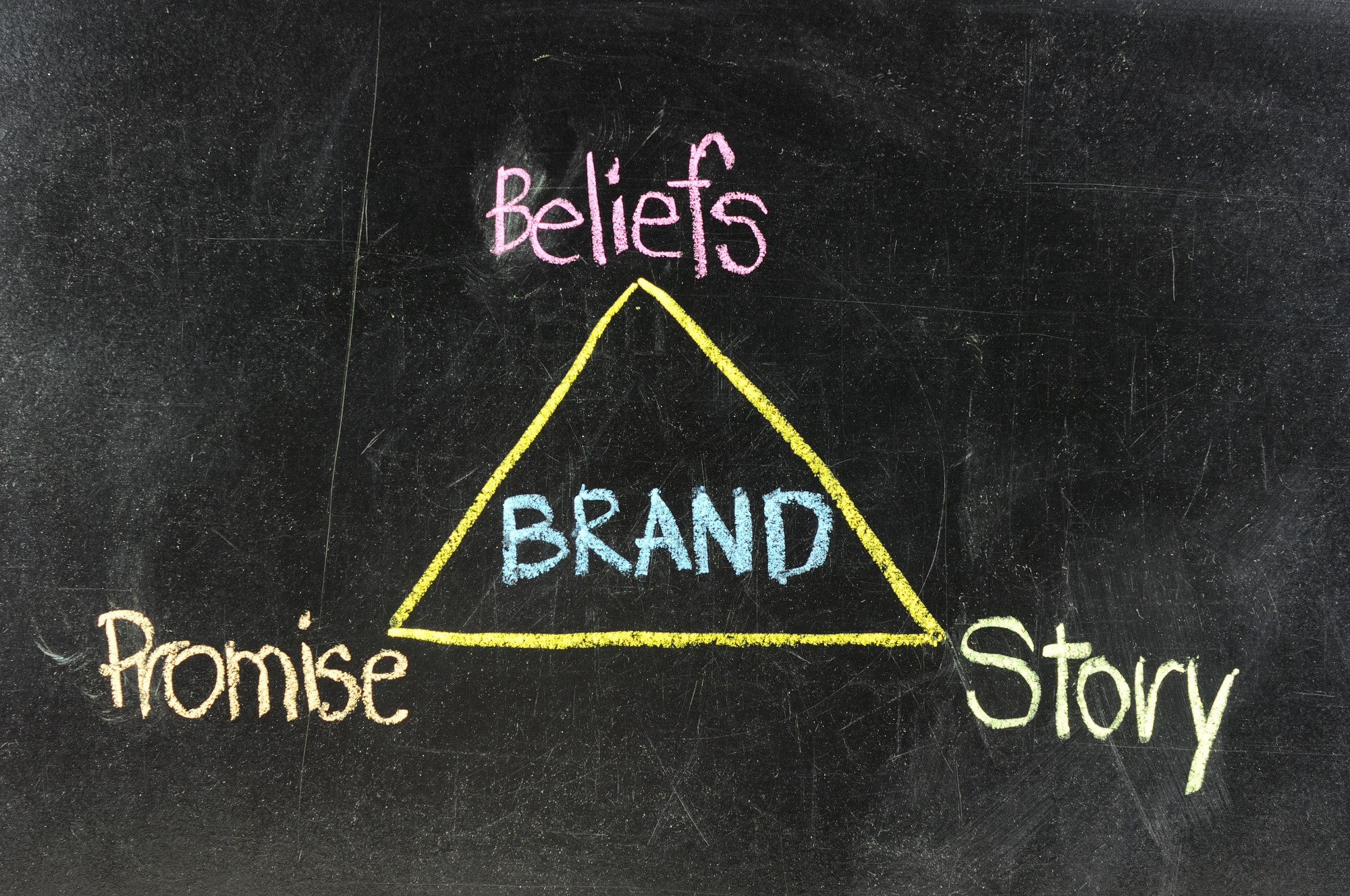Unlocking the Power of Persuasion: Crafting Compelling Product Narratives

As an interior design expert and architect, I’ve spent years weaving together form and function, creating spaces that not only look beautiful but also resonate deeply with their occupants. This journey has taught me the importance of understanding the human experience behind every design choice. And that same principle applies to crafting compelling product narratives – understanding your customer’s needs and desires is the key to unlocking their interest and driving them towards a purchase.
The Power of Storytelling:

Think of your product or service not just as a collection of features, but as a story waiting to be told. This story should resonate with your ideal customer, speaking to their desires, anxieties, and aspirations. It’s about connecting with them on an emotional level, showing them how your product can improve their lives.
Defining Your Ideal Customer:
Before we dive into features and benefits, let’s define your ideal customer. Who are they? What are their pain points? What are their goals and aspirations? Understanding your target audience is crucial for tailoring your message.

The "So What?" Factor:
Features are the nuts and bolts of your product, but benefits are the "so what?" – the reasons why your customer should care. Here’s how to bridge the gap:
1. Feature: "This sofa is made with high-quality leather."

Benefit: "This sofa is built to last, providing years of comfort and style for your family."
2. Feature: "This app allows you to track your fitness progress."

Benefit: "This app empowers you to achieve your fitness goals, boosting your confidence and well-being."
3. Feature: "This coffee maker has a built-in grinder."

Benefit: "This coffee maker ensures you enjoy fresh, flavorful coffee every morning, starting your day with a boost of energy and satisfaction."
Highlighting the Unique Selling Proposition (USP):

What makes your product or service stand out from the competition? This is your USP – the unique selling proposition that sets you apart. Focus on this key differentiator, highlighting how it benefits your customers.

Examples of USP-driven Benefits:
- Sustainability: "Our products are crafted with eco-friendly materials, minimizing your environmental impact."
- Convenience: "Our service saves you time and effort, allowing you to focus on what matters most."
- Innovation: "Our technology offers cutting-edge features, exceeding your expectations."
- Personalization: "We tailor our services to your specific needs, providing a truly personalized experience."


Beyond the Features and Benefits:

- Social Proof: Leverage testimonials, reviews, and case studies to showcase the real-world impact of your product.
- Visual Storytelling: High-quality images and videos can evoke emotions and create a strong connection with your audience.
- Emotional Appeal: Tap into your customers’ desires and aspirations, showing them how your product can help them achieve their goals.
- Call to Action: Clearly state what you want your customers to do next, whether it’s visiting your website, making a purchase, or signing up for a free trial.


The Importance of Consistency:
Your message should be consistent across all your marketing materials, from your website to social media to email campaigns. This builds brand recognition and strengthens your brand identity.
Examples of How to Apply This Framework:
1. A Home Decor Website:
- Ideal Customer: Busy professionals seeking stylish and functional furniture for their homes.
- USP: High-quality, handcrafted furniture made with sustainable materials.
- Benefit: "Our furniture is designed to last, providing a timeless and elegant touch to your home, while also supporting ethical and eco-conscious practices."
2. A Fitness App:
- Ideal Customer: People looking for personalized fitness plans and motivation to reach their fitness goals.
- USP: AI-powered workout plans tailored to individual needs and fitness levels.
- Benefit: "Our app provides you with personalized workout plans and guidance, ensuring you achieve your fitness goals efficiently and effectively."
3. A Financial Planning Service:
- Ideal Customer: Individuals seeking professional financial advice and guidance to secure their financial future.
- USP: Experienced financial advisors who provide personalized financial planning strategies.
- Benefit: "Our financial advisors work with you to create a comprehensive financial plan tailored to your individual needs and goals, helping you achieve financial peace of mind."
Remember:
- Know your audience: Who are you trying to reach? What are their needs and desires?
- Focus on benefits: Don’t just list features; explain how they benefit your customers.
- Highlight your USP: What makes you unique? Why should customers choose you?
- Tell a story: Connect with your customers on an emotional level.
- Be consistent: Maintain a consistent message across all your marketing materials.
By following these guidelines, you can craft compelling product narratives that resonate with your ideal customers, driving them to make informed purchasing decisions and fostering lasting relationships with your brand.
